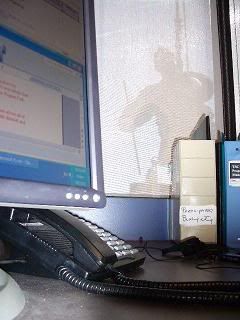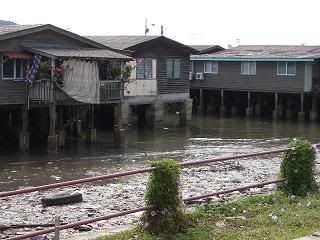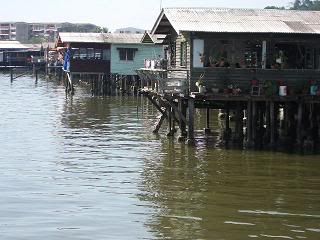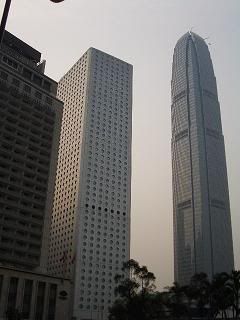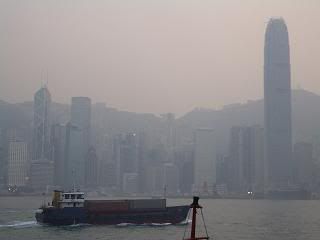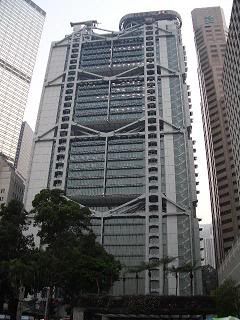Dr. Sean Egan: 1942 - 2005
I wrote the following in early March for the Ryersonian but it never made it to print.
I am looking for my tape to transcribe the whole interview... I remember asking Dr. Egan if he planned on bringing any good luck charms with him but forgot his answer.
***
For four months Christopher Archer has scaled 522 flights of stairs a
week. That's 29 flights up, 29 flights down, nine times a week, all in
preparation for a trip to the bottom of the top of the world. And
while the fourth-year business student will not attempt to scale the
8,848 metre-high Mount Everest in Nepal later this month, he is not
taking any chances in preparing for a four-week stay at Everest's Base
Camp to study the economics of extreme-sport entrepreneurs.
While Base Camp sits far below the peak of Everest at 5,340 metres–
Mount Logan, Canada's highest mountain, is 5,959 metres – Archer says
this training is necessary to survive up in the thin atmosphere.
Archer's training includes 1.5 hours of cardio training 3 times a week
and another 1.5 hours of weight training every other day.
"The big issue as far as Base Camp goes is hypoxia because there's
half the amount of oxygen as there would be in Toronto so your body
struggles and it needs to fight for this oxygen and it needs to
adjust, so the best way to adjust is to be in very, very, very good
shape."
Archer is one of four Ryerson members making the trip to Everest.
While Vice Provost of Faculty Affairs Michael Dewson provides support
from Toronto, Peter Luk, director of business management, and business
management faculty Norm O'Reilly and Dave Valliers will be
accompanying Archer. They depart March 25, and will be conducting
studies along with faculty from the University of Ottawa and other
North American universities.
Valliers says that while faculty from other universities will be
studying the physiological effects of high altitude, the Ryerson team
will be looking at the entrepreneurship opportunities of Everest. "How
did they find the opportunities that having an Everest or some other
extreme sport facility nearby, how do you make business opportunities
out of that?"
Part of Valliers' research will be to see how this relates to climbers
themselves.
"There are some parallels between the kinds of risks that
entrepreneurs take and the kinds of risks that mountaineers take… Are
they actually risk seekers? Are they people who actually go out and
seek risk, or is it something that the average person might perceive
as risky but they don't see it as risky because of their risk level."
History shows that the risks are high of climbing Everest are
extremely high. In a 2003 BBC interview elite climber Graham Hoyland
said that one out of every six climbers who attempt to summit Everest
does not survive. "(That's) a very shocking number, I mean that's
worse than Russian Roulette when you think about it."
These are the odds facing University of Ottawa health sciences
professor Sean Egan, who at 63 is attempting to become the oldest
Canadian to summit Everest. Egan, who just returned from a successful
summit of the 6,962-metre Aconcahua mountain in Argentina, says that
sometimes it takes a different type of person to attempt an Everest
summit.
"Climbers are a little bit crazy." When asked about himself Egan
accepted responsibility.
"I'm a little bit crazy sometimes."
But not too crazy.
"The risks are very high but we train really hard. We take calculated
risks. We train hard, we use the right equipment, we use Sherpas,"
Egan said, referring to the ethnic Tibetans renowned for their guiding
and climbing abilities.
He will use oxygen for the final part of the summit, which includes
3,000 drop-offs amongst some of the most technically-challenging rock
faces in the world. Trip sponsor Kanatek, an Ottawa-based
systems-analyst company, will provide equipment and a blog for daily
updates on Egan's ascent.
The risk is somewhat lower for those going to Base Camp, but not by
much. The trip from Katmandu, the capital of Nepal, to Lukla and then
to Base Camp is eight days long and is designed for a slow ascent to
allow for acclimatization. Like the bends, a sometimes-fatal illness
that strikes people surfacing from deep waters too fast, someone
ascending a mountain too fast can experience headaches, nausea and
vomiting. At worst one can suffer high-altitude pulmonary edema
(HAPE), where fluids build up in the lungs and prevent oxygen intake,
or high-altitude cerebral edema (HACE), characterized by swelling of
the brain. The best treatment is a fast retreat down the mountain;
both HAPE and HACE can kill within hours.
Project Manager Harold Mah of the City of Toronto trained the Ryerson
team members trough the City Hall stair climbs and says that despite
the hard work safety is not guaranteed.
"It's really about who can adjust to the altitude. I can be the
fittest guy, and you can take the guy, any guy, that's not as fit and
we go up at the same time and he might just be better because his body
adjusts to the altitude better.
"The only thing you can do is try to be in the best shape as you
possibly can be and then when you get to the mountain you just cross
your fingers."
You can get free updates by registering here.

